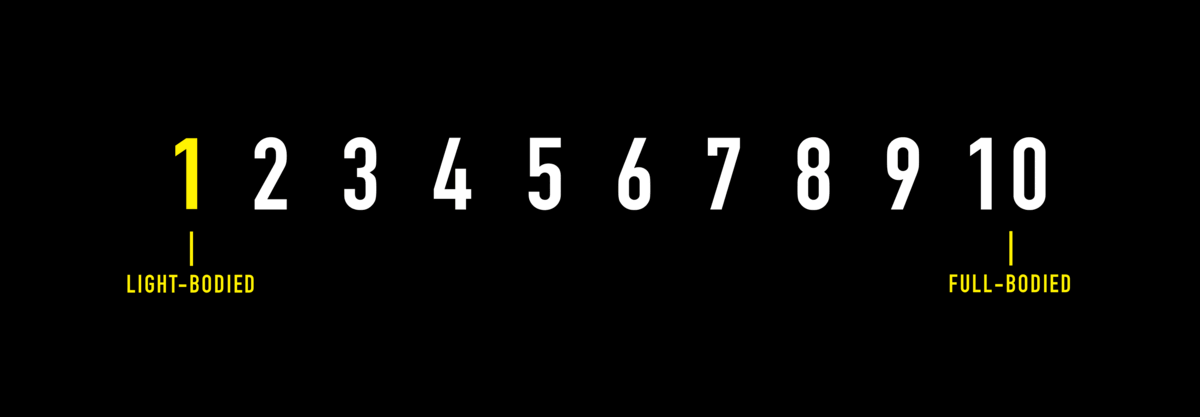What does it mean to Drink Progressively?
We developed the Progressive Scale, a unique way of thinking about wine by its body, rather than varietal or region, as a way to help you pick the perfect wine for your palate.
FAQs
Why use The Progressive Scale?
In all our years of thinking about and selling wine, we’ve always believed one thing: it’s simply unfair to consumers to group wines together by varietal (the grape name) or region (where it is grown). Thinking about wine by its body - and learning about what your unique palate likes - makes it much easier to access the vast world of wine, both as a novice and an expert. So start with what you like and learn from there! No memorization needed to succeed.
What's with the Milk Analogy?
If you’ve never tried wine and we start throwing out fancy wine terms, what’s going to happen? You’re going to feel intimidated and walk away from the whole experience. So let’s start with what most of us already know - milk. Skim milk, whole milk, heavy cream refer to the body of the wine as it increases. Lemonade and hot chocolate refers to the difference between light-bodied, high acid wines and full-bodied, creamier styled wines. Now you’ve got a place to start with beverages you already recognize. Easier, right?
Why Use Colors to Help Explain Your Wine?
Ok, we gotta give it to Yellow Tail on this one. It was pretty smart to use a distinct color to help you recognize which wine you like. But they never explained WHY they used those colors. So we’re taking a good idea and pushing it one step further. And, um, we’re also putting better quality wine in the bottle because life is too short to drink anything but great wine.
I Only See Light-bodied Wines for Sale. Why is That?
Rome wasn’t built in a day and neither will our wine company! Fuller-bodied wines take longer to produce because they often need help to reach their full weight potential. Winemakers use techniques like longer maceration (the length of time the juice touches the skins) and oak barrel aging to help boost a wine’s body. These techniques are great and make awesome wine! But they take time and money. So keep buying what we’ve got, spread the word to your friends, buy some merch…and we’ll get those full bodied wines to you just as soon as we can.












